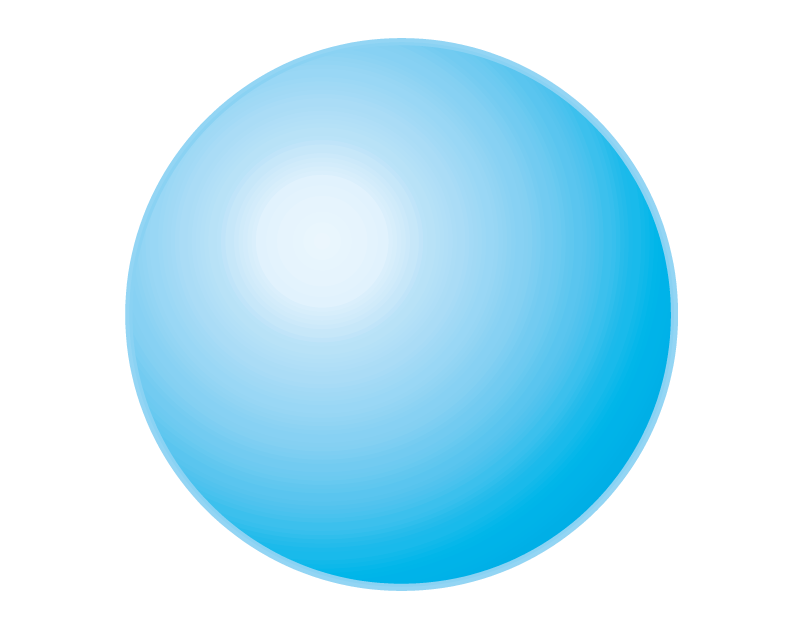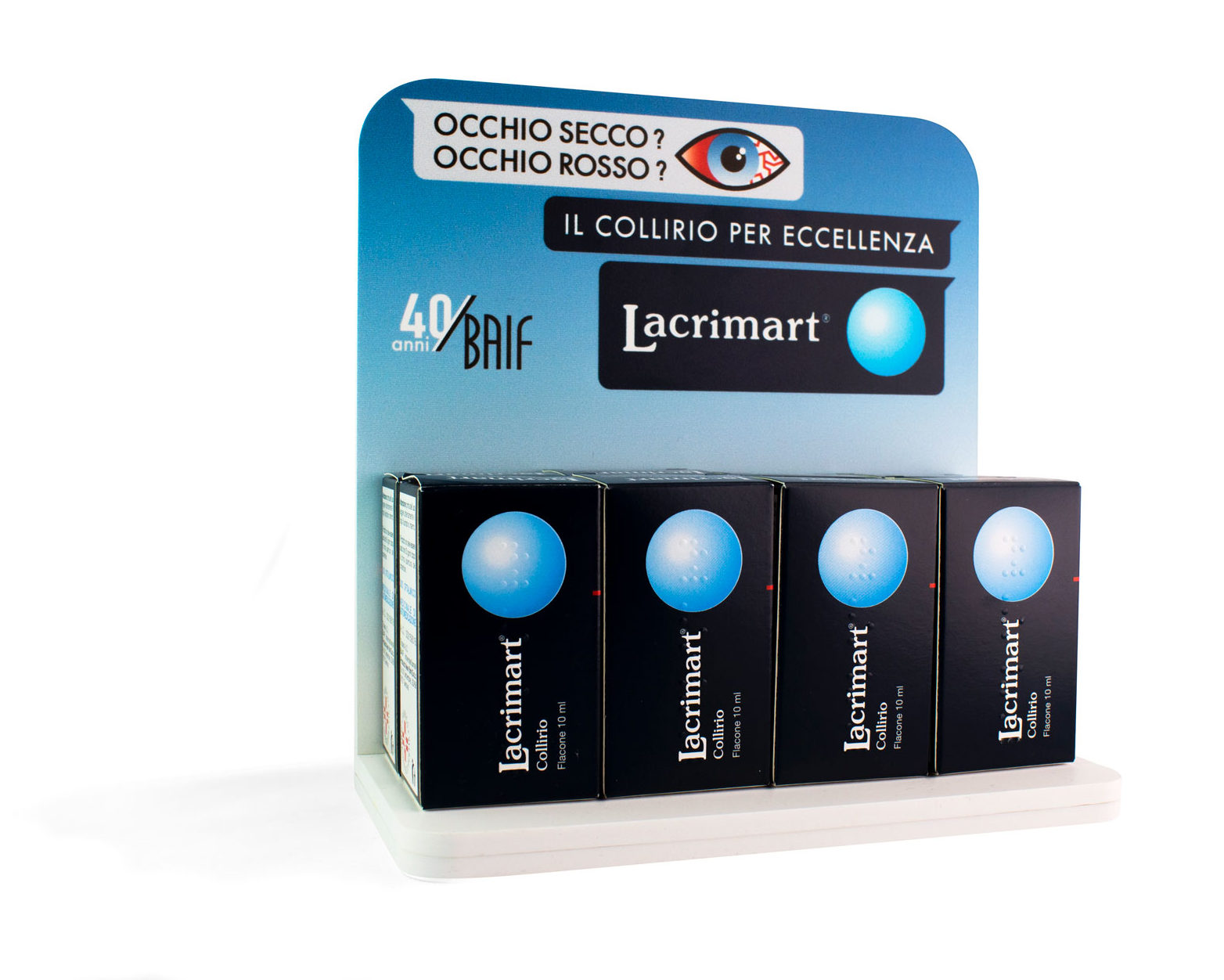

LACRIMART® eye drops, is a medicinal product whose active ingredients are Benzalkonium Chloride 0,01 g. and Methylcellulose 0,15 g. It provides an antiseptic, soothing, lubricating and hydrating action, indicated to disinfect and hydrate the dry eye.
What is Lacrimart®?
Lacrimart® is an artificial tear 10ml. with the following active ingredients: Benzalkonium Chloride and Methylcellulose.
The role of artificial tears is to restore lacrimal tears that for various reasons cannot be reproduced.
Claims
Lacrimart® is a medicinal product available with prescription OTC (Over The Counter – medicinal products not subject to medical prescription).
Lacrimart® is suitable for therapy and cure of various diseases and disorders such as conjunctivitis, dry eye syndrome and disinfection of ocular mucosa.
Instructions for use
1-2 drops in the eye’s lower conjunctival fornix, 3-4 times a day or according to the doctor’s prescription.

Additional Info
Dry eye causes
Ocular dryness, inappropriately called “dry eye syndrome” is not a simple nuisance but should be considered a real pathology.
The origin is multifactorial, that is to say, there are several causes that can cause ocular dryness, which arises as a transitory problem that over time tends to become chronic.
There are physiological causes such as age, menopause, menstrual period, there are iatrogenic causes, that is those related to the intake of certain drugs such as beta-blockers or contraceptive drugs; the prosthetic causes are those related to the use of contact lenses and the causes due to the external environment; in this category smog is the main cause but we must also consider smoky or air-conditioned environments and atmospheric agents.
Finally, but for this reason nothing is negligible are the causes related to work such as precision work, work subjected to a very strong artificial light and above all a constant and prolonged use of video terminals.
What is blue light?
Research has shown that more than a third of adults spend between 4 and 6 hours a day with digital devices, while 14% even 10-12 hours a day. All these hours spent on digital screens put a strain on the eyes.
In fact, most digital devices emit blue light, also known as high-energy visible light. Digital devices that emit blue light are above all: flat-screen computers, PCs, laptops, tablets, smartphones, navigators, LED TVs and LCDs. Although blue light itself is a simple natural phenomenon – it is present, for example, in daylight and helps us stay awake, overexposure can cause eye strain, vision disturbances and insomnia.
Why and what are the hassles?
Digital devices are used for a long time and at close range so as to continuously force our eyes to pass from images, illustrations to text, often at high speed. When the blue light hits the crystalline, it refracts and forces the eye to a continuous focus. To correct this problem people compensate by blinking, resulting in visual stress.
Makeup removal
People who wear makeup are very numerous but few follow the rules of eye hygiene for makeup removal.
Before starting with eyelid cleansing, apply a drop of artificial tear in both eyes; helps protect them from any impurities or products that may enter the eye. This operation is very important because such impurities, besides being very annoying and causing burning and ocular redness, can cause infections that should be avoided.
Mascara, pencil and eyeshadow, especially if of poor quality, can cause problems to an important and delicate organ such as the eye. Attention must also be paid to face and eye contour creams that must be carefully applied so as not to directly involve the eye.
Before using make-up, check the ingredients. The best products for make-up removal are water-based. It is also advisable to use different brushes and foam sponges to apply the tricks.
DO NOT share these applicators with other people, as sharing increases the chances of contamination and ocular infection.
After the make-up removal operation it is likely that the wipes or cotton pads, which are generally used, in addition to taking away the makeup, due to rubbing on the eyes, have also taken away the natural tears, thus causing the so-called “ocular dryness” “; in addition to being a nuisance that causes eye redness and burning, it can be giving rise to corneal inflammation, which in the long run can cause serious problems to the corneal epithelium.
The use of an artificial tear is therefore appropriate and recommendable even after the make-up removal.
The excess of makeup can cause problems, not just those who suffer from dry eye! It may therefore be appropriate to use an artificial tear to alleviate eye irritation.
If the eyes are reddened after the removal of an abundant make-up, it is preferable to use tear substitutes more commonly called “artificial tears”; the scientific community of ophthalmologists has expressed itself in this sense recommending the use of tear substitutes and avoiding the use of anti-inflammatory eye drops.
The latter may contain chemicals that can even worsen the condition of an eye simply irritated by makeup.




